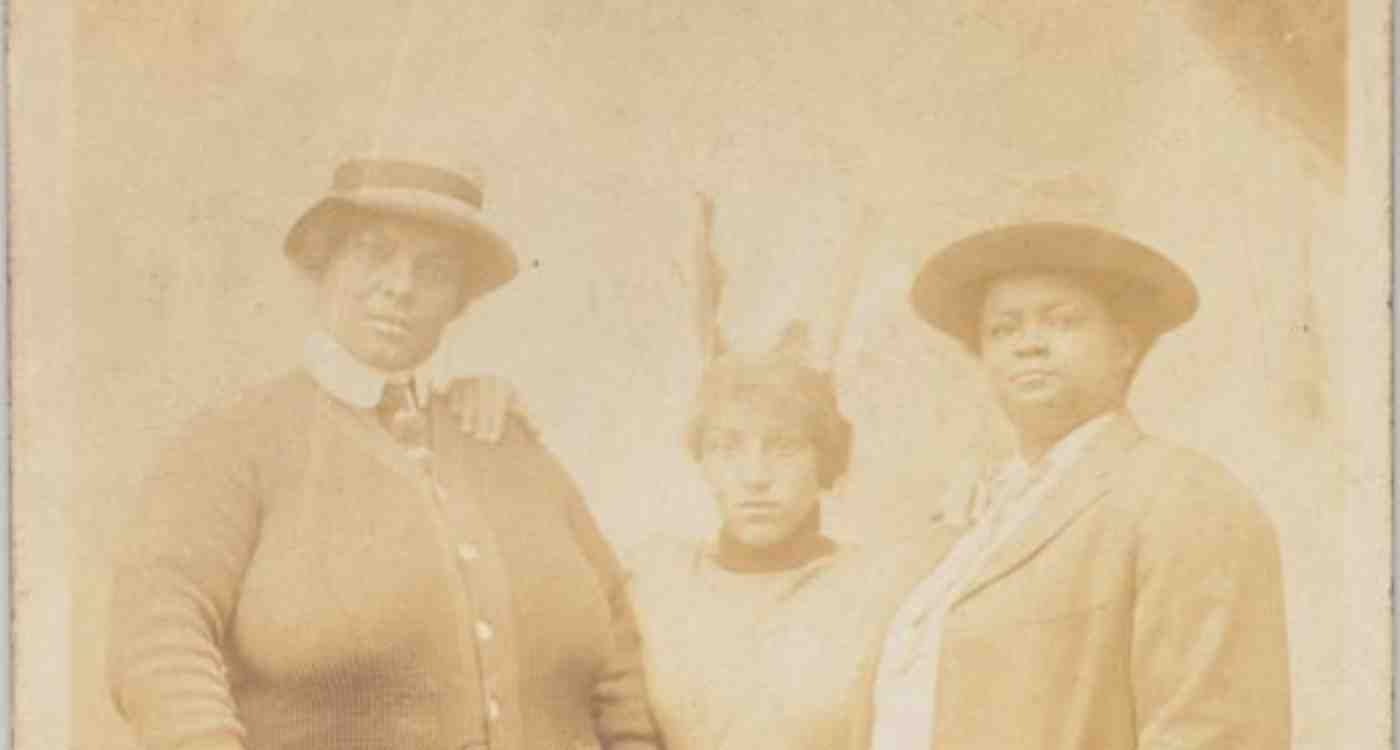

March marks the annual observance of Women’s History Month. While women’s history is relevant year-round, this month offers an opportunity to focus our efforts to explore the stories and perspectives of women, past and present. Hopefully, these annual commemorations aren’t just repetitive; instead, they can be an ongoing invitation to engage with the world around you a little differently. You are constantly changing, and each year’s commemoration finds you (and the world) in a new place, with a new understanding.
As is the case with many days and months that highlight the experiences of historically marginalized people, what we now know as Women’s History Month can be traced to grassroots efforts. In the 1970s, advocates’ efforts to organize an annual observance of women’s history in the United States gained traction. Organizers selected March for the observance to correspond with International Women’s Day, which dates to 1910. In the 1980s, responding to advocacy from the non-profit organization National Women’s History Project (now known as the National Women’s History Alliance), a combination of Congressional resolutions and presidential proclamations designated an annual Women’s History Week. Congress selected March as Women’s History Month in 1987 and renewed this observance annually until 1995, when yearly presidential proclamations replaced the Congressional resolutions. The U.S. president has announced March as Women’s History Month every year since.
The library has created a resource guide to mark Women’s History Month and encourage further learning after the month concludes. You’ll also find information on programs at the library for all ages. The guide highlights educator tools and identifies books and films related to women’s history to help you engage in the ways that work for you.
The way you explore can also change from year to year. You might associate learning about history or heritage months with scholarly lectures, and that’s certainly one way to expand your understanding. That’s not the only way, though. Let your interests guide you, whether you like sports, music, science, film, or something else entirely. Perhaps you want to know how the past connects to your family, hometown, or alma mater. You can dive deep into a long-ago period, or consider how the past has influenced the world today and in our future.
We encourage you to use our resource guide to help you approach women’s history from a new perspective this month and throughout the year.
Image courtesy of the Smithsonian Institute, Open Access collection.
